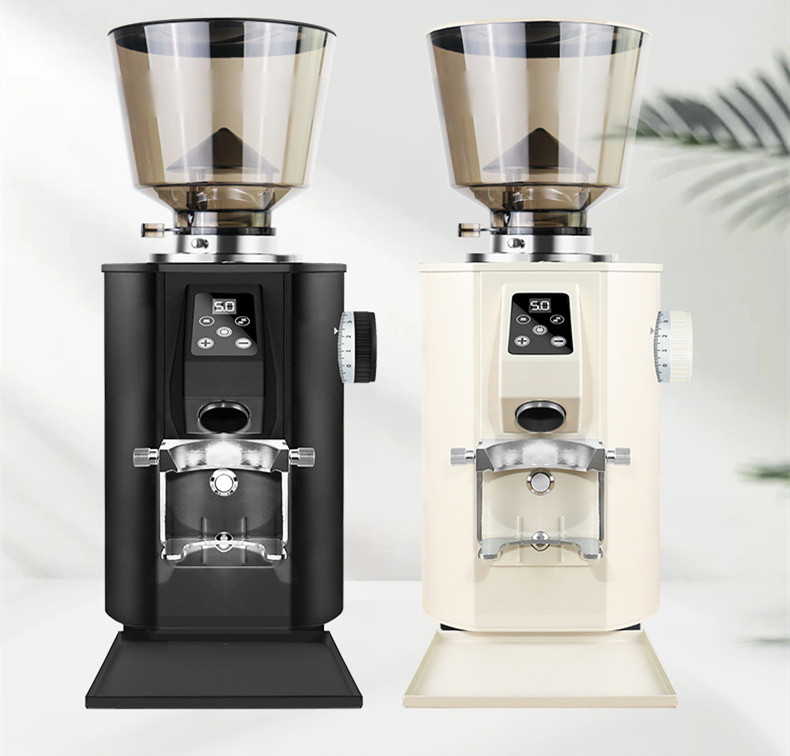How to Enhance Coffee Aroma Through Grinding Techniques
Understanding the Role of Grind Size in Aroma Extraction
The aroma of coffee is directly tied to the release of volatile compounds during grinding and brewing. Finer grinds increase the surface area exposed to water, accelerating the extraction of both soluble flavors and aromatic oils. However, over-grinding can lead to excessive heat generation, which degrades these delicate compounds. For aromatic-rich brews, aim for a balance: a medium-fine grind for espresso or Aeropress to maximize aroma without bitterness, or a medium grind for pour-over methods to preserve floral and fruity notes.
Coarser grinds, while ideal for French press or cold brew, release fewer aromatic compounds upfront due to limited surface contact. To compensate, extend the brewing time slightly or pre-wet the grounds (blooming) to encourage early aroma release. For example, when using a coarse grind, pour a small amount of hot water over the grounds, wait 30 seconds, then continue brewing. This step helps unlock trapped gases and aromatic precursors.
Optimal Grinding Timing to Preserve Freshness
Grinding coffee beans just before brewing is critical for aroma retention. Pre-ground coffee loses up to 60% of its volatile aromatic compounds within 15 minutes due to oxidation and evaporation. To maximize freshness, grind beans in small batches—enough for one or two servings—and use them immediately. If storing ground coffee is unavoidable, seal it in an airtight container away from light and heat, but prioritize grinding fresh for each brew.
The duration of grinding also matters. Prolonged grinding generates friction and heat, which can volatilize or burn aromatic oils. For manual grinders, grind in short, steady bursts to minimize heat buildup. Electric grinders with adjustable speed settings should be set to low or medium to reduce thermal stress on the grounds. After grinding, avoid leaving the coffee exposed to air; transfer it directly to the brewer or a preheated container to maintain aroma integrity.
Matching Grind Consistency to Brewing Method
Inconsistent grind sizes create uneven extraction, diluting the aroma and flavor profile. Blade grinders, which chop beans unevenly, often produce a mix of fine and coarse particles, leading to muddled aromas. Burr grinders, whether conical or flat, offer superior consistency by crushing beans uniformly. For aromatic clarity, invest in a burr grinder and adjust the settings based on your brewing method.
For espresso, a uniform fine grind ensures even packing in the portafilter, preventing channeling (where water bypasses grounds, reducing aroma extraction). In pour-over or drip coffee, a consistent medium grind allows water to flow evenly through the bed of grounds, extracting a balanced spectrum of aromas. If using a French press, a coarse but even grind prevents sediment while letting aromatic oils infuse the water slowly. Test grind consistency by sifting a small sample through a fine mesh sieve; aim for minimal retention in the sieve to confirm uniformity.
Avoiding Common Mistakes That Degrade Aroma
Overheating During Grinding
High-speed grinding or excessive pressure can generate enough heat to volatilize delicate aromatic compounds like citral (citrus notes) or linalool (floral tones). To mitigate this, use a low-speed grinder or grind manually in short intervals. If using an electric grinder, let it cool for 1–2 minutes between batches to prevent thermal damage.
Static Buildup in Dry Environments
Low humidity causes ground coffee to cling to the grinder’s burrs or container, leading to uneven distribution and wasted grounds. Static also traps aromatic particles, reducing their release during brewing. Combat this by grinding in a humid environment (e.g., near a kettle of boiling water) or lightly misting the beans with water before grinding. Some grinders come with anti-static features, but a quick wipe with a damp cloth on the grinder’s exit chute can also help.
Ignoring Bean Roast Level
Darker roasts have a more pronounced aroma due to caramelized sugars and Maillard reaction products, but they also grind more easily into fines, which can over-extract and mask nuanced aromas. Lighter roasts retain more origin-specific aromas (e.g., berries, herbs) but require a finer grind to extract effectively. Adjust your grind size based on roast level: slightly coarser for dark roasts to avoid bitterness, and finer for light roasts to highlight their delicate notes.
By refining grind size, timing, consistency, and avoiding common pitfalls, you can elevate your coffee’s aroma from mundane to memorable. Experiment with small adjustments to find the sweet spot for your preferred brewing method and bean variety.


